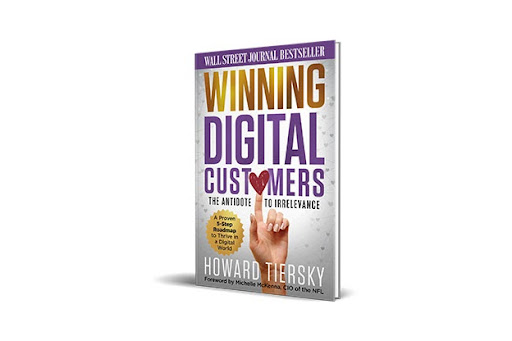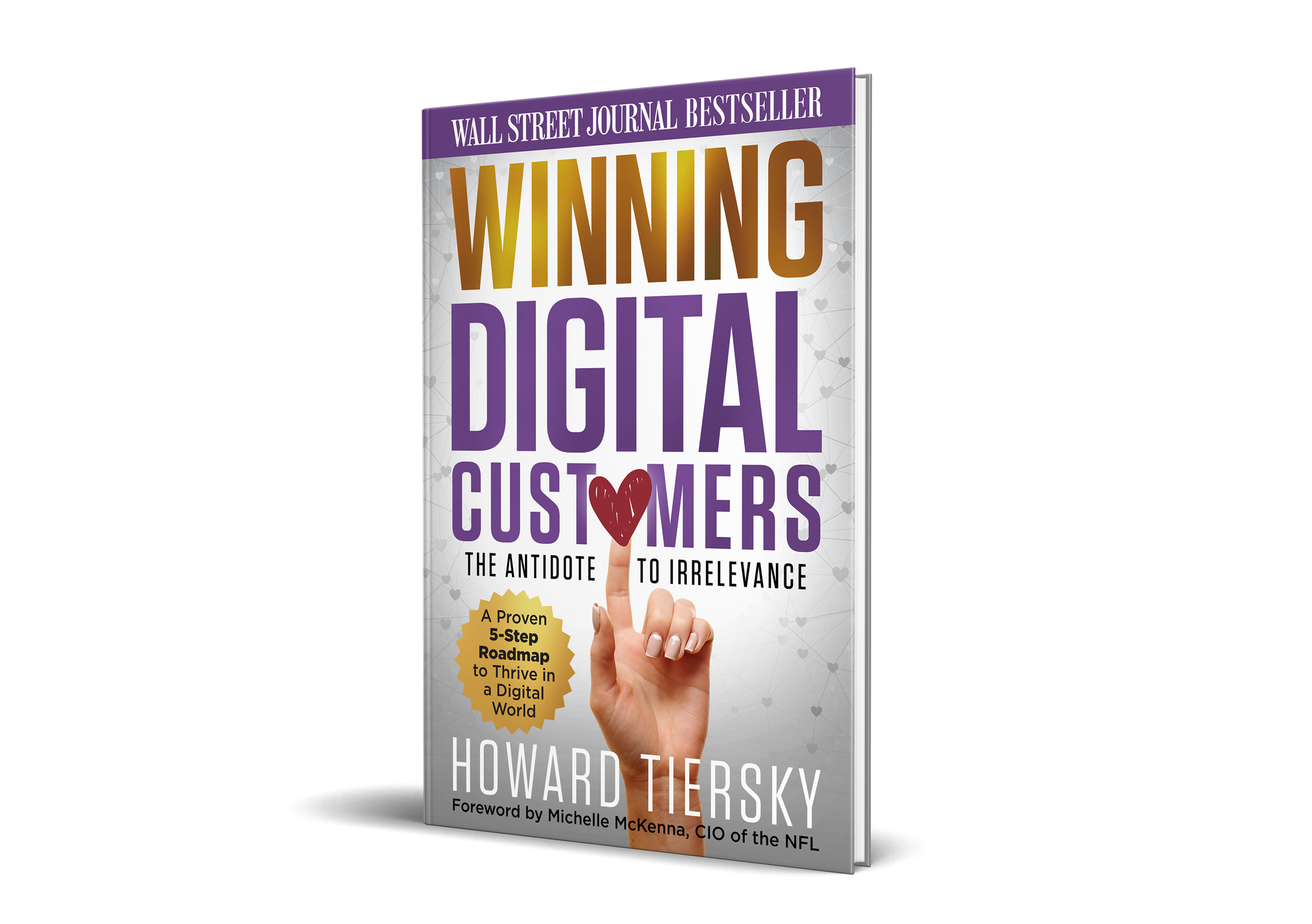Insights | By Howard Tiersky
Does Your Business Have a Brand Awareness Gap?
At my company, FROM, The Digital Transformation Agency, we work with many well-known brands to help them develop customer-focused digital strategies that drive revenue. The brands we work with are all household names, and one might assume that if a brand is widely known they don’t have a “brand awareness problem.”
However, when we conduct consumer research on behalf of these giant brands, we often find that there are actually major gaps in their brand awareness. This is not because their names are not well known, but because when people talk about brand awareness, they usually fail to consider its full scope.
To address this disparity, our team at FROM created a four-level brand awareness model that we refer to when developing digital brand strategies. With this model, we can better identify opportunities to increase revenue through improved brand awareness even at companies that think they have near 100% brand awareness. The model also helps pinpoint areas where a brand strategy will deliver even greater impact.
WHAT IS BRAND AWARENESS?

For a prospect to be truly aware of your brand, they must know more than your name and the type of business you’re in. They need to have a sense of what promise you are making. This is where the brand awareness model becomes useful: it unpacks the components of brand awareness that go beyond simple “I’ve heard of that company” recognition.
The Brand Awareness Model consists of 4 tiers:

TIER ONE: BRAND BEING

Brand being simply means a prospect or customer knows you exist. It has three components:
- Name
- Logo and trade dress
- Category
For example, if a customer sees a Nike “swoosh” and they’re able to identify that the brand is Nike and that it’s a shoe company, then Nike has achieved the first level of brand awareness.
But if the goal of a brand is to infuse a promise, then being generally recognized is only a first step. When the brand’s promise isn’t communicated, “brand awareness” is incomplete.
TIER TWO: BRAND BREADTH

Brand breadth refers to how familiar consumers are with the range of products and services you offer.
Some brands are known for a single category or even a single sub-category, but in fact, they have products across a much broader range. For instance, Cisco is known for routers, but they produce all kinds of software and hardware. American Girl’s most popular products are their dolls, but they also make kids crafts, clothing, and books, film and television.
Crayola is famous for their crayons and markers, but they also sell many other products, from modeling clay to art toys. Since many customers associate the company with a singular product, they may not be aware of and are less likely to explore its other product lines.
TIER THREE: BRAND BENEFITS

The core of a brand promise is differentiation. Why should a customer buy Nike shoes, and how are they different from Reebok and Adidas? If customers know who you are (being) and the types of products you sell (breadth), but they don’t know or can’t articulate why it matters if something comes from you or your competitor, then they don’t have sufficient awareness of your brand’s benefits.
Maybe your brand strategy does not adequately capture or convey that message. Many airlines, banks, and hotel chains face this challenge since customers often see them as interchangeable. This is one reason they have to spend so much money on loyalty programs, which are really just a form of discounting, to motivate customers to stick with them. Some have failed to create awareness, sometimes even among their regular customers, as to what their brand stands for and why the benefits they offer outweigh those of their competitors.
In contrast, companies like Apple, Under Armour, Geico, and Disney do an excellent job of expressing through both messaging and even more importantly, experience, how their brand is different.
TIER FOUR: BUYING FROM A BRAND


In the end, you want customers to not only know who you are, what you sell, and why you’re different; you also want them to know how to find you and buy your products or services. Therefore, buying is the fourth critical tier of awareness. If customers have to struggle to figure out where to get your products, they may wind up with a competitor’s offerings that are much easier to buy.
And even for products that are widely available, in today’s experience-focused age, how customers buy a product can be just as important as using the product. Many companies sell their products and services through multiple channels, but some channels can provide a far better experience than others (such as in their own stores vs. third parties). Furthermore, of course, some sales channels are more lucrative for brands, so it’s important to create awareness as to the very best place or manner for customers to buy the product.
IN SUMMARY
While it may feel good for companies to get market research results that tell them they have an 80% recall of their brand name, that’s only part of the puzzle. For a brand to have traction in the marketplace, it needs to test for all four levels of brand awareness and to optimize the whole Brand Awareness Model.
We particularly recommend studying your existing customers to identify opportunities to increase revenue through improved brand awareness. Sometimes companies assume their current customers must already have good knowledge of their brand since, after all, they are already customers, but look around your house, for example, and take note of the products you have purchased. For how many of these brands do you truly understand the breadth of what they offer as well as what makes them different, and what is the best way to buy more products from them? Many brands have more work to do, and quite possibly so do you.
What challenges are you facing in your brand awareness strategy? Let's talk. Book a call with us now.

My Wall Street Journal bestselling book, Winning Digital Customers: The Antidote to Irrelevance, contains a blueprint for developing a successful strategy for your company as well as practices to aid in identifying new trends and opportunities to explore. You can download the first chapter for free here or purchase the book here.





